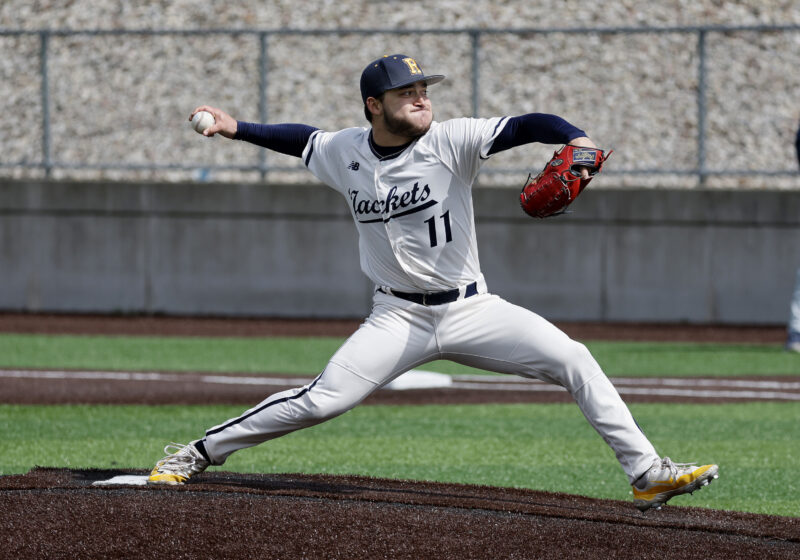Led by Professor of Biology John H. Werren, a team of UR scientists persuaded the National Human Genome Research Institute, part of the National Institutes of Health, to undertake the genome sequencing of a parasitoid wasp called Nasonia vitripennis.
“People generally associate wasps with bees and stinging, but there are minute wasps called parasitoid wasps that are incredibly important in agriculture as pest controls and as disease vector controls,” Werren said. “There are over 150,000 species of such parasitoid wasps, and the sequencing of the Nasonia genome will allow us to make them better controls.”
It is estimated that the use of parasitoid wasps as biological control saves approximately $20 billion annually in crop loss in the United States alone.
Parasitoids are extensively used in agriculture as pest controls because they are natural enemies of pests and disease-transmitting insects like houseflies, roaches and ticks.
The parasitoid Nasonia sting and lay their eggs on the pupae of other flies, thus arresting the growth and development of the host organism.
“[Parasitoid] venoms can produce temporary paralysis in other insects, make them store fat or discharge fat storage and such,” Werren said. “Sequencing their genome will therefore allow us to enhance the use of these venoms pharmacologically.”
Some parasitoids also release venoms so as to manipulate their host’s immunity, behavior and physiology.
Their venoms can paralyze the host insect temporarily, lead to changes in the host organism’s lipid intake and suppress the host immune system.
Given the diversity of the wasp species, their venoms are widely used in pharmacology to treat various infections.
Another feature that makes the parasitoids especially well-suited for genetic studies is their type of sex determination called haplodiploidy. Females that develop from fertilized eggs are diploid, meaning that they have a complete set of genes, one chromosome from each parent.
On the other hand, males are haploid and develop from unfertilized eggs.
This serves as a practical laboratory model because it allows scientists to make use of the advantages of haploid genetics.
“Many complex traits, such as alcohol addiction, obesity, etc, are controlled by interactions between several genes,” Werren said. “Therefore, such traits are not studied in laboratories very much because they are so complex. However, because of the haplodiploidy, the sequencing will provide us the lead into the genetics of many complex traits in insects and also in humans.”
Moreover, a bacterium called Wolbachia normally prevents the successful mating between two very closely related Nasonia species by causing sperm-egg incompatibilities, but these bacteria can be easily removed by antibiotics.
This results in cross-breeding that can provide valuable insight into various gene combinations.
Five genome sequencing centers, supported by the NHGRI, will do the sequencing.
It may take several months before the first results are available.
“It’s hard to predict when the sequencing will be done, but it is possible that the preliminary sequencing will be released by the end of this year, and the annotated version may take up to two years,” Werren said.
Sridharan can be reached at asridharan@campustimes.org.





